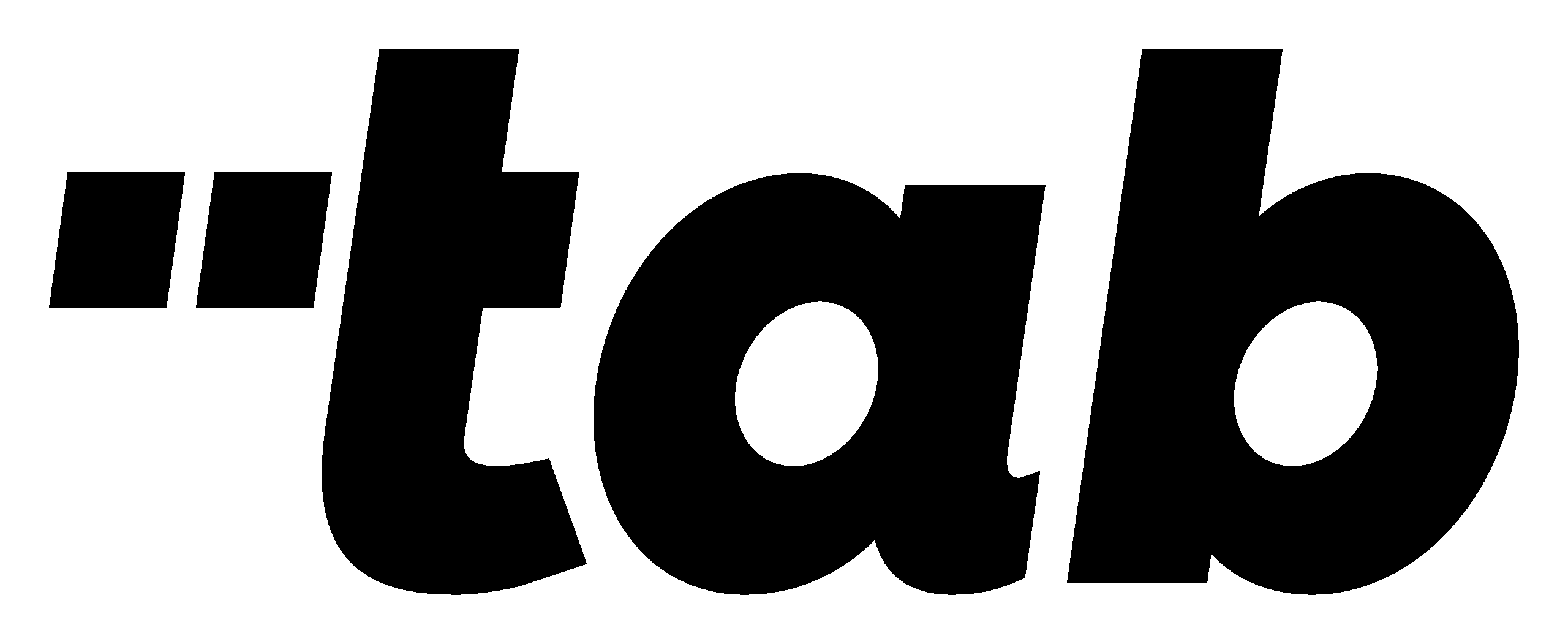In the razor-thin margins of the restaurant industry, financial flexibility isn’t a luxury—it’s a necessity. Cash flow needs shift by the hour, vendor bills loom large, and traditional credit instruments often carry burdensome terms. Enter Tab Commerce, a fintech platform built by restaurateurs, for restaurateurs. With its blend of corporate cards, instant accounts, and extended payment terms, Tab is emerging as a lifeline for the modern restaurant operator.
What Is Tab Commerce?
Tab, officially Tab Commerce, is a fintech company based in Canada and the U.S. that offers a restaurant-tailored finance platform. The platform includes several key tools:
- Tab Cards: Visa-issued corporate cards with budget controls, built-in cash-back rewards, and flexible payment terms—up to 60 days.
- Accounts: Instant-access accounts for holding cash, earning interest (~2%), and transferring funds.
- Payments: A beta offering letting restaurants pay vendors via ACH or direct debit, with extended payment terms (30–90 days).
tabcommerce.com
Tab’s onboarding is fast—often under 10 minutes—reflecting its understanding that time-strapped restaurant teams need hassle-free solutions.
tabcommerce.com
Why Tab Matters for Restaurants
1. Boosted Liquidity, Smarter Spending
Restaurants face an ongoing balancing act: covering inventory and labor costs while waiting on delayed customer payments. Tab alleviates this stress with cards that defer payments up to two months, allowing funds to flow where they’re needed most.
2. Cash Management Meets Rewards
The platform’s “Accounts” feature allows restaurants to earn interest—without tying up their own capital—while maintaining instant access to funds. Add in cash-back opportunities, and Tab becomes both a financial hub and a stealth profit driver.
tabcommerce.com
3. Effortless Payments with Extended Terms
Pay vendors on flexible terms, helping to align pay cycles with income streams. This dimension—especially if extended beyond the typical 30-day net terms—can be a game-changer for tight-month operations.
tabcommerce.com
4. Built for Restaurants, Not Generic Businesses
Unlike generic corporate card platforms, Tab understands restaurant expense patterns. From small purchases to high-volume inventory buys, customizable user roles ensure accountability and alignment with individual business needs.
tabcommerce.com
A Day in the Life with Tab
Imagine “La Crustacean,” a midsize seafood restaurant navigating seasonal peaks:
- Week 1: They receive delivery of fresh seafood and produce. Instead of paying upfront, they charge it to Tab Cards.
- Week 2: Busy weekend serves up a record weekend. They now have revenue in hand while vendor payments aren’t due until later.
- Between Weeks 2–4: They leverage Tab’s Accounts, parking money at 2% interest rather than letting it sit idle.
- Week 4: As cash flows normalize, they pay off the cards—with built-in rewards cushioning the bottom line.
This model is a textbook blend of timing, efficiency, and smart finance.
The Advantages, Summarized
| Benefit | Impact on Restaurants |
|---|---|
| Extended Payment Terms | Improves cash flow and working capital flexibility |
| Interest-earning Accounts | Generates passive income and operational liquidity |
| Cash-back Rewards | Recovers a slice of outflows—beneficial to tight margins |
| Instant Onboarding | Fast activation—no operational delays |
| Spend Controls & User Roles | Enhances oversight and minimizes mismanagement |
| Built-in Restaurant Focus | Caters directly to hospitality expense cycles |
Final Takeaways
Tab Commerce positions itself as more than just a payment tool—it’s a financial backbone for modern restaurants. From inventory financing to vendor payments, Tab delivers a suite of smart, flexible financial products that help operators maneuver the complexities of seasonal fluctuations, cost pressures, and liquidity constraints.
For restaurant owners looking to modernize their finances—with less reliance on credit lines or juggling cash—Tab offers a compelling, tailored alternative.
Thoughts on exploring a case study comparison—perhaps Tab vs traditional small-business loans—or examining how Tab algorithms manage spend controls in real-time?


